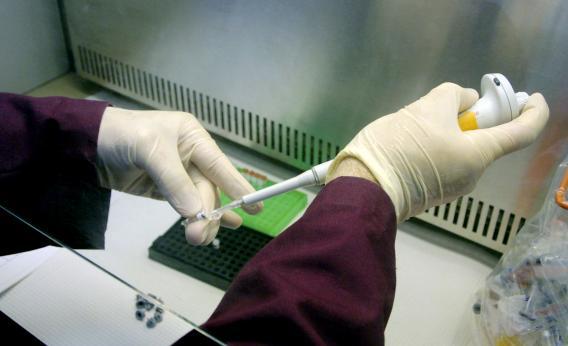“Forensic evidence” has an authoritative sound to it, like the click of a (brief) case closing. But until recently, trace DNA left at a crime scene got police nowhere unless they could match it to samples already in their database.
A new technique, Forensic DNA Phenotyping, allows investigators to predict suspects’ hair and eye color by analyzing stand-alone DNA evidence. This is especially useful in situations where little is known about the alleged offender and the pool of possible culprits is wide.
The HIrisPlex system relies on 24 eye- and hair-color-predictive DNA variants, including six genetic markers used to estimate eye color in an earlier test. Using HIrisPlex, scientists were able to predict blonde hair with 69.5 percent accuracy, brown hair with 78.5 percent accuracy, red hair with 80 percent accuracy, and black hair with 87.5 percent accuracy. (Might the takeaway here be that blondes are more likely to get away with murder?)
They were also able to distinguish, 86 percent of the time, between brown-eyed, black-haired people of European and non-European origin. And after analyzing DNA samples from populations around the world, they concluded that a person’s geographic ancestry did not affect the test results.
No doubt these are some encouraging developments for CSI types. Still, criminals are bound to figure out sooner or later that they can hit back at HIrisPlex by dying their hair or wearing tinted contacts.
